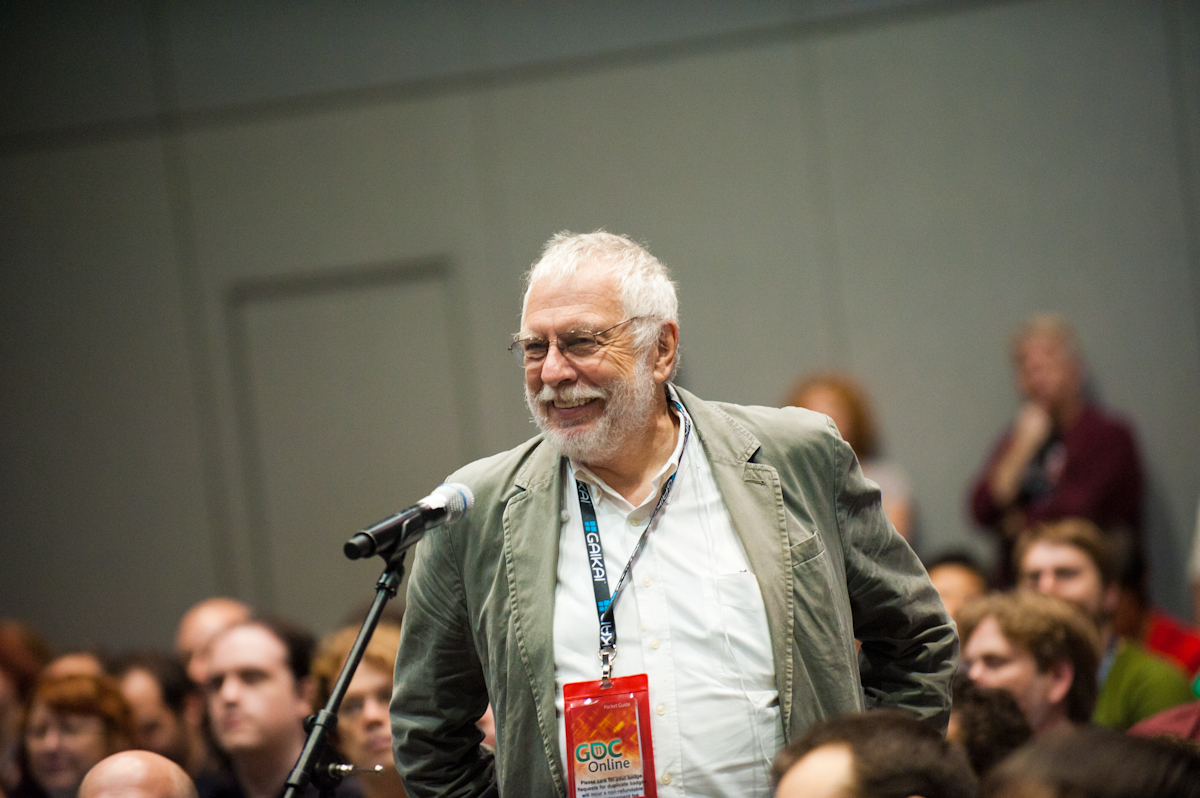

Nolan Bushnell at the Game Developers Conference Online 2011
In Finding the Next Steve Jobs Nolan Bushnell concisely discusses how companies need to create the right image, culture, behaviours and flexibility to acquire and retain their most precious resource – talented, passionate and creative workers.
Bushnell founded Atari Inc. in 1972, a pioneering video-game company, as well as Chuck E. Cheeses’s Pizza Time Theatre chain in 1977. He has founded over 20 other companies in the technology sector and has hired and mentored some of its most influential and innovative figures, including Apple founders Steve Jobs and Steve Wozniak.
“If you want ordinary employees, then you promote your company as an ordinary workplace. If you want creative employees, then you demonstrate creativity”
In the first section of Finding the Next Steve Jobs, Bushnell outlines 20 strategies for identifying and attracting the next Steve Jobs. His methods for identifying talented staff range from sailing boats, wiring electrical circuitry, exploring Twitter feeds and questioning reading habits and hobbies. As Bushnell says, “never stop thinking of places to find and hire good people”.
The second section of Finding the Next Steve Jobs focuses on how to retain talented workers. Bushnell lists a great range of ideas for creating an exciting work culture and tools for facilitating and nurturing creativity. Bushnell also reveals the internal wars that restrict individuals within companies and the battles between companies for talented workers. He openly discusses the practise of poaching staff by his own companies and the impact of staff poaching by Steve Jobs after his departure from Atari.
“When you give people the title manager, you are enabling them to say no. You want as few people saying no in the company as possible.”
Throughout the book, Bushnell scatters his short discussions on attracting and retaining talent with personal anecdotes from his time with Atari and other companies. Fortunately, Bushnell doesn’t limit his discussion exclusively to his own personal experiences and includes a range of revealing studies, stories and anecdotes.
One such revealing study is that by David Bayles and Ted Orland mentioned in 36: Encouraging ADHD. “At a ceramics class, half the class were told they were to make one pot and would be graded on it. The other half was told they would be graded on the number of pots that they could make”. The second group, free from the pressure and tension of all their efforts being focused on a single output, ended up producing the best quality pots. They were able to make mistakes, learn and enjoy the process. They were able to be creative.
Finding the Next Steve Jobs can be seen as a toolkit for company managers and HR departments, but it also has great value as a resource for company direction, strategy and planning. Bushnell’s personal stories and recollections of the managerial style at Atari provide an insightful and entertaining look into the culture of creative companies and how their employees flourish. Bushnell also reveals the small intricacies of how such successful companies behave and how their internal culture informs all aspects of its operation, decision-making and marketing.
